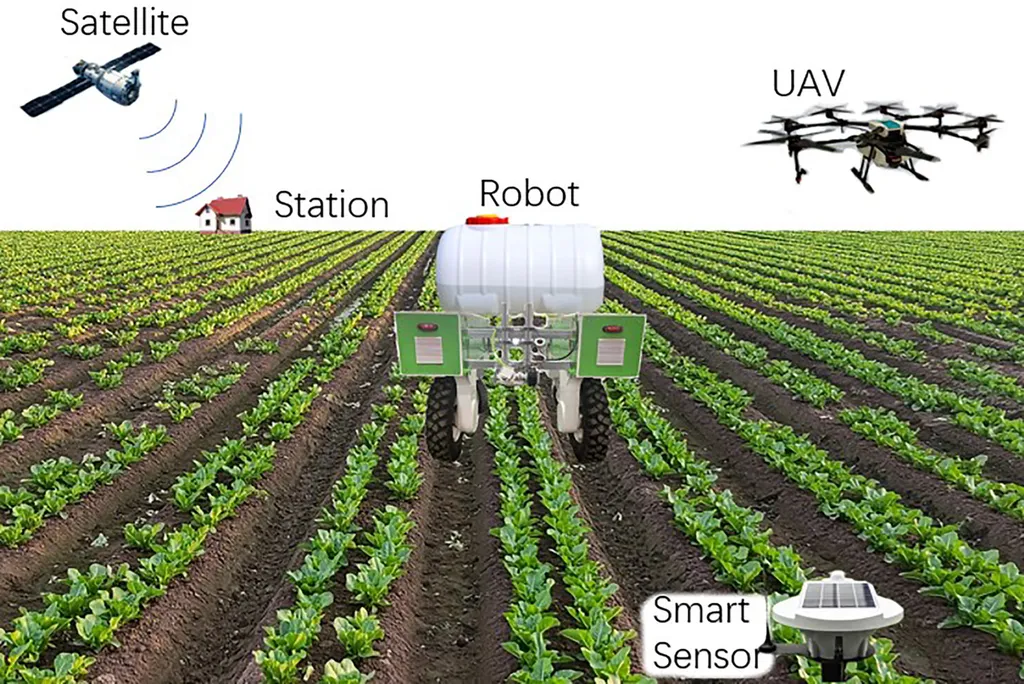In the rapidly evolving world of precision agriculture, technology is constantly pushing the boundaries of what’s possible. A recent study published in *The International Archives of the Photogrammetry, Remote Sensing and Spatial Information Sciences* has shed light on a promising advancement in Unmanned Aerial Vehicle (UAV) imagery, offering significant potential for the agriculture sector. The research, led by S. Kim from the Department of Smart City Engineering at Inha University in South Korea, focuses on enhancing the robustness and accuracy of UAV image mosaicking, a critical process for various remote sensing applications.
UAV imagery has become an invaluable tool in precision agriculture, enabling farmers to monitor crops, assess soil health, and manage resources more effectively. However, creating seamless and geometrically accurate mosaics from multiple overlapping UAV images has been a persistent challenge. The study evaluates the effectiveness of combining SIFT (Scale-Invariant Feature Transform) with LightGlue, a hybrid matching approach that integrates the rotationally invariant properties of SIFT with the contextual matching capabilities of LightGlue.
The research team tested this combination against traditional methods, such as SIFT with Brute-Force matcher and SIFT with FLANN matcher, as well as an AI-based method, SuperPoint with LightGlue matcher. The evaluation was conducted using UAV datasets covering both high-texture regions, like urban environments, and low-texture areas, such as agricultural fields.
The results were compelling. The SIFT with LightGlue matcher consistently demonstrated the most reliable performance, achieving robust and accurate matching even in low-texture and high-rotation scenarios. This approach led to superior spatial consistency in bundle adjustment and final mosaics, confirming its suitability for practical UAV image mosaicking tasks.
“Our findings indicate that the combination of SIFT with LightGlue offers a significant improvement in the accuracy and reliability of UAV image mosaicking,” said lead author S. Kim. “This advancement can greatly enhance the precision and efficiency of remote sensing applications in agriculture, ultimately benefiting farmers and agribusinesses.”
The implications for the agriculture sector are substantial. Accurate and reliable UAV image mosaicking can provide farmers with detailed and up-to-date information about their fields, enabling them to make more informed decisions about crop management, irrigation, and pest control. This can lead to increased yields, reduced costs, and more sustainable farming practices.
Moreover, the study’s findings could pave the way for future developments in the field. As Kim noted, “The integration of advanced matching algorithms like LightGlue with traditional feature detection methods like SIFT opens up new possibilities for improving the accuracy and robustness of UAV imagery in various applications.”
In conclusion, this research represents a significant step forward in the field of UAV image mosaicking, offering promising solutions for the agriculture sector and beyond. As technology continues to advance, the potential for these innovations to transform precision agriculture and other remote sensing applications is immense.

